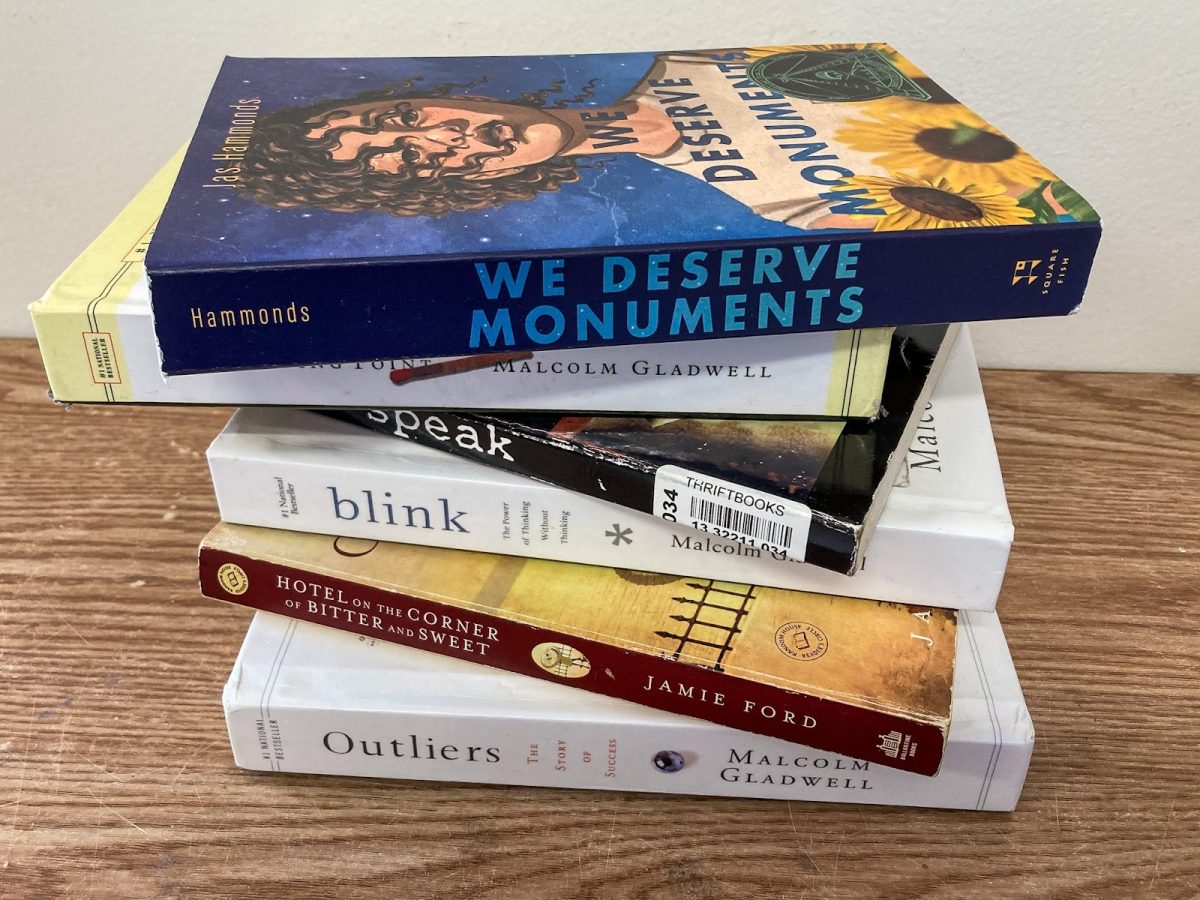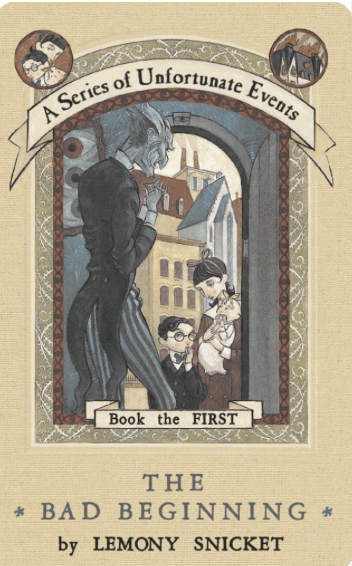Edgar Allan Poe encapsulated it the best. In life, there are four types of bells: silver bells are merry and melodious, capturing the adolescent ebullience and youthful vigor that herald one’s prime; golden bells characterize the happiness and harmony of unity, the halcyon days of early adulthood or marriage perhaps; the brazen alarm bells symbolize the tumult and clamor of middle age — the anger, distress, and crises that punctuate the dissonant harmony of encroaching maturity; and the rusty iron bells embody the coarseness and melancholy of old age — of senility and frailty, but also of wisdom and longevity.
I would extend this analogy to West High’s newly synchronized digital bell system, however, I regret to report that the bells fit into none of these categories whatsoever. Even if the sound is clamorous (which it maddingly is), the new system lacks the authentic tintinnabulation of even the most dreadful of iron bells, and I can’t say that it brings unparalleled joy and merriment to the student population. I am amused to see what the nineteenth-century Gothic poet would’ve thought about this peculiar apparatus.
The novel digital bell system, added in tandem with upgraded digital clocks, was first implemented some three weeks ago. Before school even started, students had likely dismissed the abnormal digital timbre as an anomaly (I know I did), but, by the end of first period, it had become evidently clear. These new ‘bells’ (if they could even be considered bells) were here to stay. The collective groans accumulated with each passing period, leveraging tacit objection among students and teachers alike, and dashing all hopes that this phenomenon was ephemeral (a brief test of the new system perhaps?) and not, in fact, an indefinite, conscious, and seemingly ‘brilliant’ decision by the pedagogical higher-ups we know to be the Board of Education.
Specifically, Mr. Kadono, the Dean of Students who is familiar with the matter, explained that a consequential decision such as this is made through “a collaborative effort involving various stakeholders, such as school administrators, district officials, teachers, and sometimes even student representatives.” I want to make it clear that Mr. Kadono had no direct involvement in the infrastructure changes; nevertheless, the ‘stakes’ must have been pretty low, and I wouldn’t be surprised if these ‘student representatives’ voted against their will. I seriously wonder how they kept a straight face when the software engineer (or whoever it is) showcased the new sounds during the board meeting.
Like most new disruptions, the unwelcoming sound grew on students, and by the end of the week, it was as if nothing had happened. Of course, that didn’t mean students were not uptight about it; my suspicions were confirmed via an Instagram poll when 90% of the 143 student participants declared a vehement ‘oh bell no!’ when asked if they favored the new system. Indeed, when the digital sound was revised yet again a few weeks later, there followed a rekindling of groans, albeit to a less calculated extent. I would have hoped that changing the sound licensed an opportunity to correct this ignominious blunder, but it only drove things further down the highway to bell.
In place of the old sound effect — which I’ll concede, vaguely imitated a physical school bell — the second iteration sounds more like a foghorn undergoing puberty or a patient flatlining. (I can’t decide which.) Gone is the cacophony of metal pipes falling in the distance and replacing it is a sound that self-evident bell expert Aaron Hui (11) could only describe as “a lot more visceral, like an air raid siren or something.” Just based off the polls and popular sentiments, could this decision be any more out of touch with students?
Regardless of your take on the new digital bell system, whether you love it, loathe it, or are lampooning it like I’m doing, the change has ushered in serious inconveniences for students around campus — from inconsistent automation to intermittent glitches in audio playback. Hui noted that “the first digital ‘bell’ was too quiet and too bland,” making “many students miss the bell which goes against [its] entire purpose.” Concerning the second iteration, Hui granted that he is at least able to hear the bell, lest he miss class, “but [that] a tornado siren would do that too.”
What’s more frustrating? Jodie Cheng (11), a member of the West High Entertainment Unit, lamented how the bell system is “hard to hear during the percussion period” because “[percussion members are] always really loud,” requiring “Mr. Banim . . . to remind [them] when the bell rings, otherwise, [they’d] end up being louder than the new bell.” Indeed, I had the privilege of touring their operations in Building 8, and I must say, four students playing the vibraphone and drumset is deafening enough; if hearing the bell was already a challenge then, imagine what it’s like during a full-on jam session. I rest my case.
*The opinions expressed in our Opinion articles are the author’s own and do not necessarily express the views of the Signals Staff or West High as a whole.










